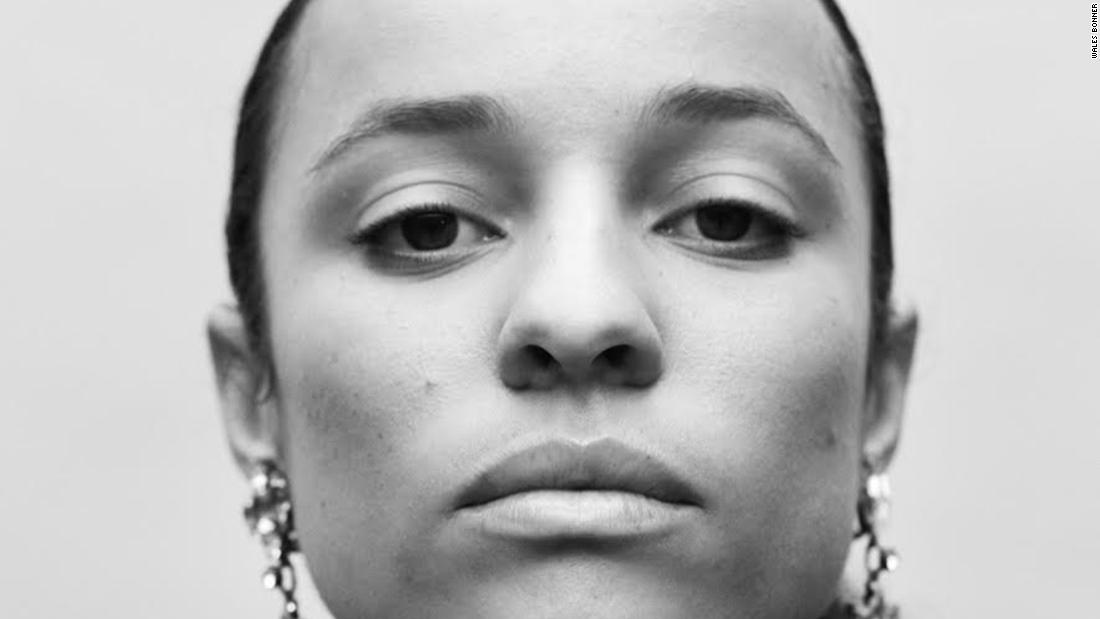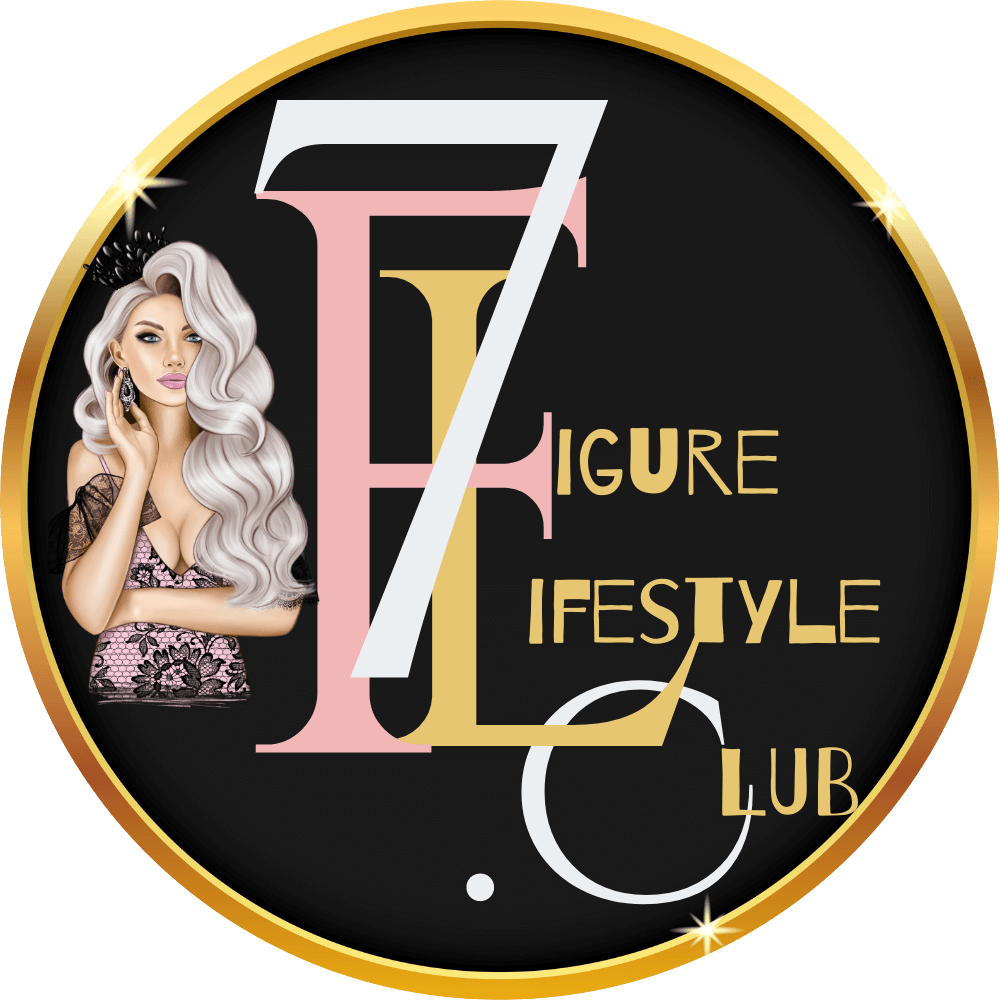
Grace Wales Bonner on her Spring-Summer 2022 collection
[ad_1]
Feature · fashion
Style Spotlight on Grace Wales Bonner
The designer’s latest collection, unveiled at Men’s Fashion Week in Paris, journeys to Burkina Faso in the 1970s.
London’s Grace Wales Bonner is a singular talent in today’s top fashion echelons. Britain-born and of Jamaican descent, her eponymous label has become a galvanizing force since its launch in 2014.
Wales Bonner’s thoughtful and thoroughly researched studies of the African diaspora and Black identity have helped to broaden and evolve the conversation around menswear on a global level. While Wales Bonner launched as a menswear brand it now offers all-gender pieces.
Using beautifully tailored garments as a means to tell stories, her poignant commentaries on decade-spanning cultural shifts, on sexuality (particularly masculinity) and on societal linkages have spurred industry-wide discourse about what, exactly, fashion’s role is in both setting and shifting the tides.

Credit: Errol Rainey/Wales Bonner

Credit: Errol Rainey/Wales Bonner
What inspired you in terms of both beginning and then developing the Spring-Summer 2022 collection?
In some ways, I was thinking about travel, about what it is to be in a comfortable place. Primarily, I was considering the photography of Sory Sanlé. He is from Burkina Faso, and he had this amazing studio in the 1960s and the 1970s — not only did he shoot there, but also, he lensed the nightlife and music scenes of that time. (The works are) inspiring portraits and documents of that moment. And, I was thinking about speaking to the tradition of his portraiture while also evolving the language through clothing. There’s something very iconic about his view of the era, and I wanted to translate that spirit, and take it into another context.
Was there anything specific in or about his work that you channeled?
I was actually looking at it more so for inspiration when it comes to mood and fabrication. Although, some of the backdrops and geometric flooring as seen in his studio kind of worked their way into jacquard tracksuits or knits, likewise with striped linen elements that have become part of the tailored pieces. Interesting tailoring will always be fundamental to how I design, but, recently and specifically with this collection, I’ve been thinking about fabrication, and how you translate a feeling or a climate into fabrics and textiles. I think that’s where my research is going. It’s more material, somehow.

Credit: Errol Rainey/Wales Bonner

Credit: Errol Rainey/Wales Bonner
Was part of that thinking — imbuing cloth with emotion — also an effect of the Covid-19 pandemic?
I guess, right now, we have a closer relationship with our clothing. We’ve spent more time with it, or at least, we’re more aware of it by proximity. This idea of comfort and how you feel with something against your skin is something I’ve definitely been thinking about. And that’s manifested in this collection, with soft constructions, the linen sleeves, and linen backs on tailored jackets. They’re quite packable and not precious. Ultimately, I think a sense of ease and freedom has surfaced. It’s about versatility in the clothing, moving in the clothing, or dancing in the clothing.
How has your design discipline evolved over the past few years?
What I’ve been thinking about lately is this idea of range, from an accessible entry point to a collection (in my case, collaborating with Adidas) to something that’s really artisanal and unique. I really enjoy the freedom in being able to sublimate those layers into something that fits together — and how those layers might enhance one another. Looking at the entire ecosystem, so to speak.
How are you revealing Spring/Summer 2022?
There is a look book and a film shot in Marseilles, France by Joshua Woods, who is an African American photographer based in Paris. There’s also a playlist we worked on that contextualizes the collection with the music scene in Burkina Faso in the 1960s and 1970s. The collection is called Volta Jazz, so this is a key element (Burkina Faso was once known as Upper Volta). We also worked on a poster series with Sory Sanlé, and there’s a collaborative portion in the collection, as well. He had this uniform for anyone that worked in his studio. So, we had that replicated on the back of T-shirts.

Credit: Errol Rainey/Wales Bonner

Credit: Errol Rainey/Wales Bonner
What does the future of fashion look like to you?
I think things are moving in quite an exciting direction in menswear and fashion. Right now, you have to have a really strong reason to exist. You have to have meaning. That’s what I am excited to see more of going forward, and I think you see it reflected already. Things needs to stand for something very strongly, both visually and culturally. This is bringing out the best in a lot of designers, and the audience is responsive—they’re valuing expression and beauty. I think that’s what people will continue to celebrate.
What do you think will never change in the menswear arena?
I think the importance of tailoring will always be around. I can’t see that going anywhere. Tradition, as well. And craftsmanship. Being able to speak to the longstanding history of menswear and men’s clothing is incredibly important.
You mentioned a more pronounced focused on materials research. What, in this regard, is compelling?
I’m excited that there’s a lot more opportunity to work with sustainable fabrics. They’re more accessible than ever. And, as I said, I’ve concurrently been thinking about sentiment—and how to create fabrics that reflect feelings. The emotional quality of fabric is something I’m most excited about. It’s a way to further use fabric as a manner of communicating.
[ad_2]
Source link





 We use cookies to optimize our website and our service.
We use cookies to optimize our website and our service. 

Responses